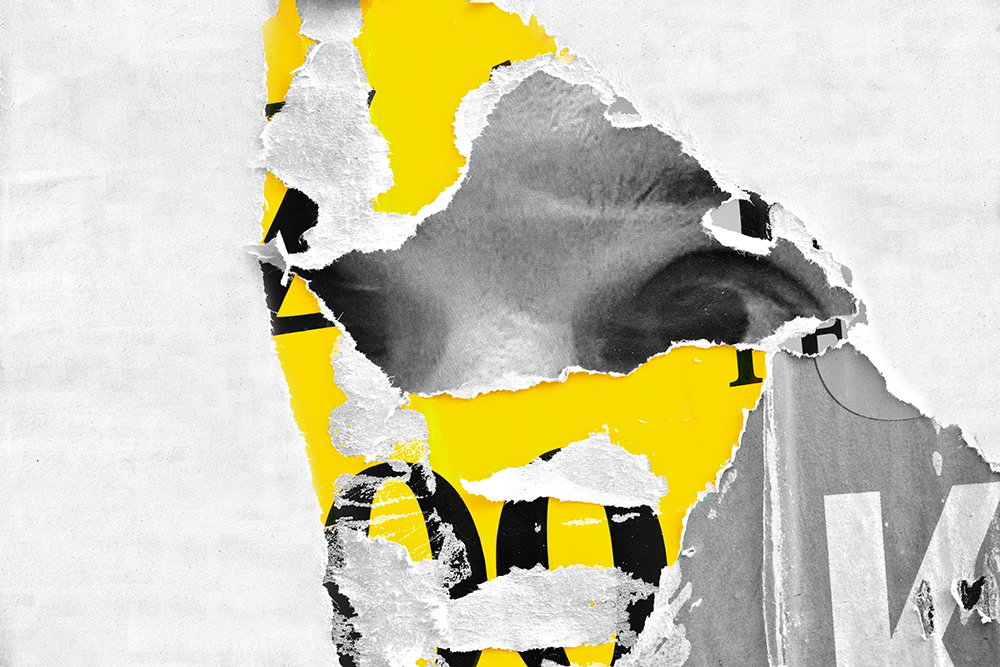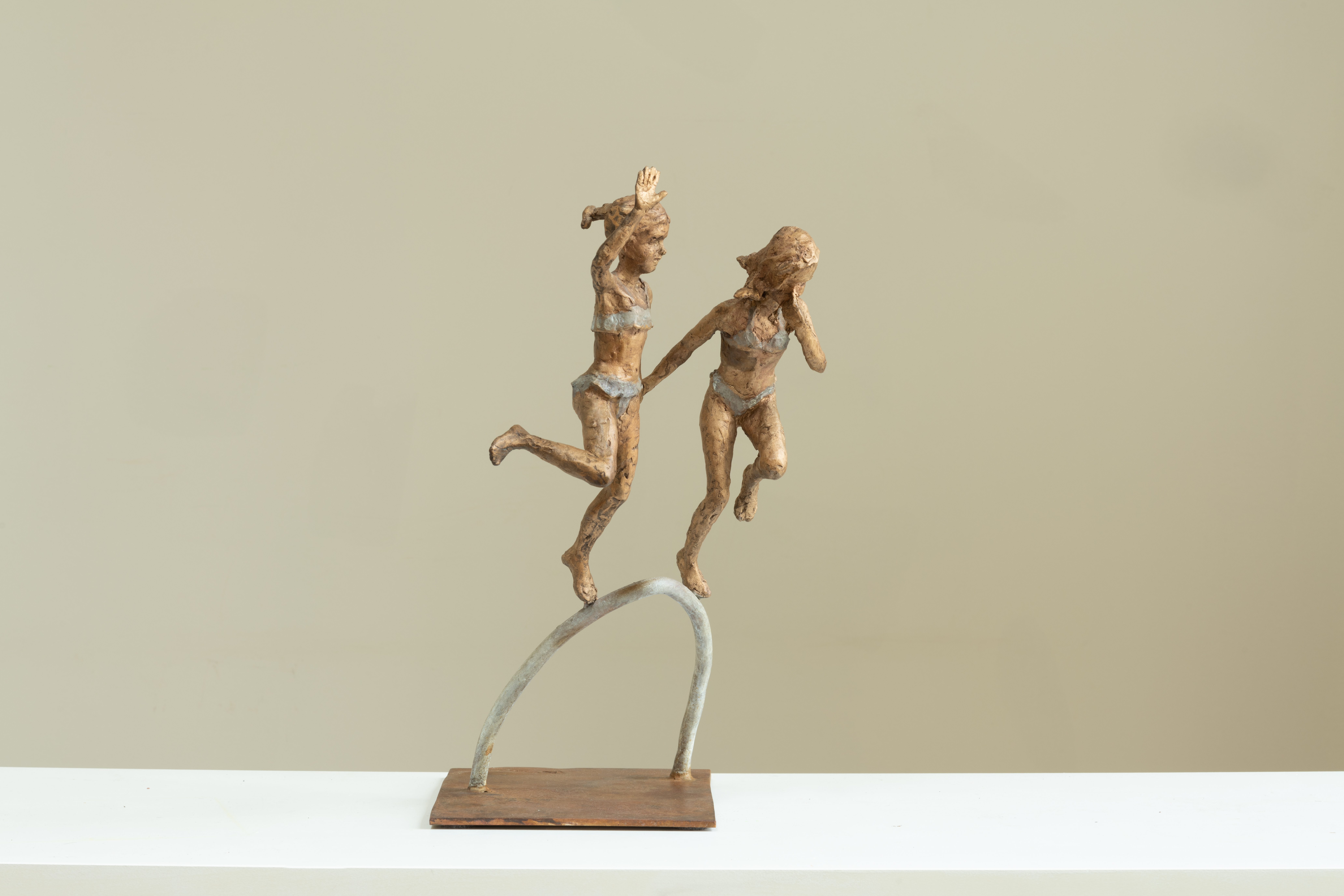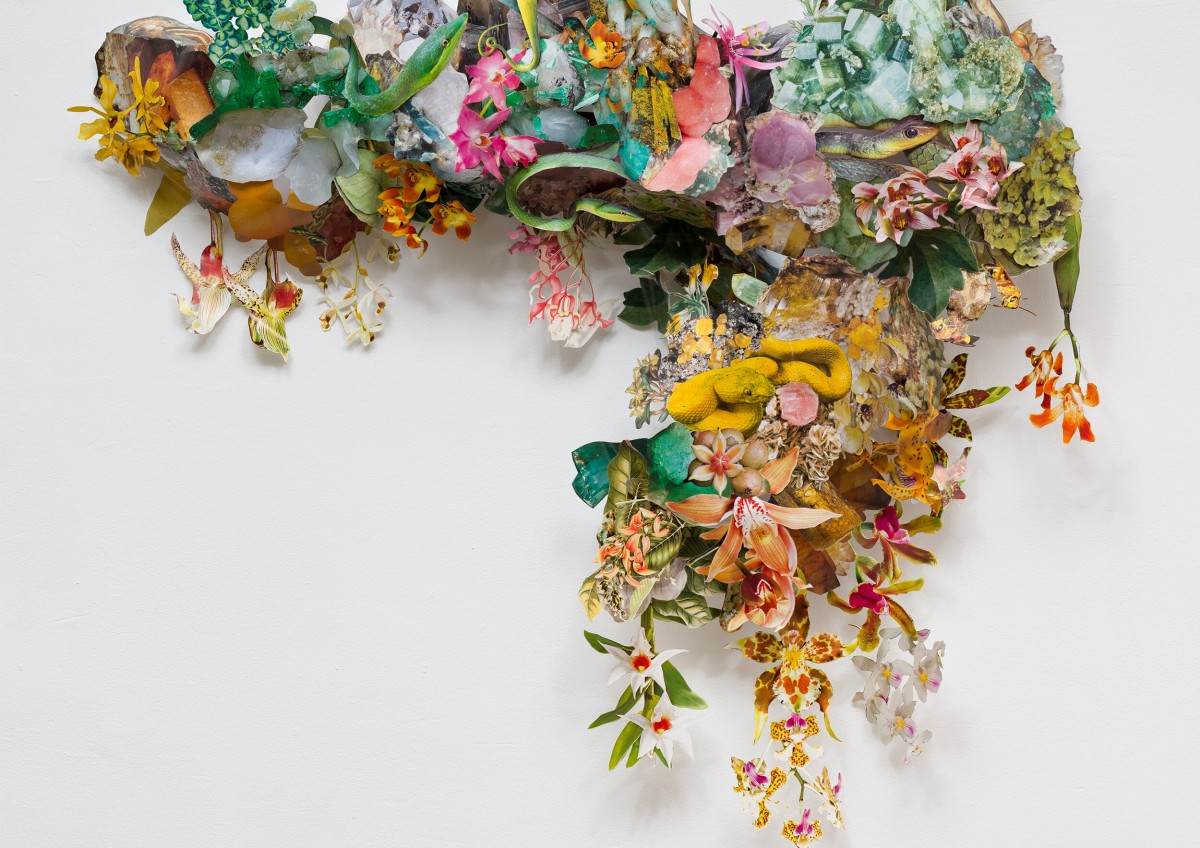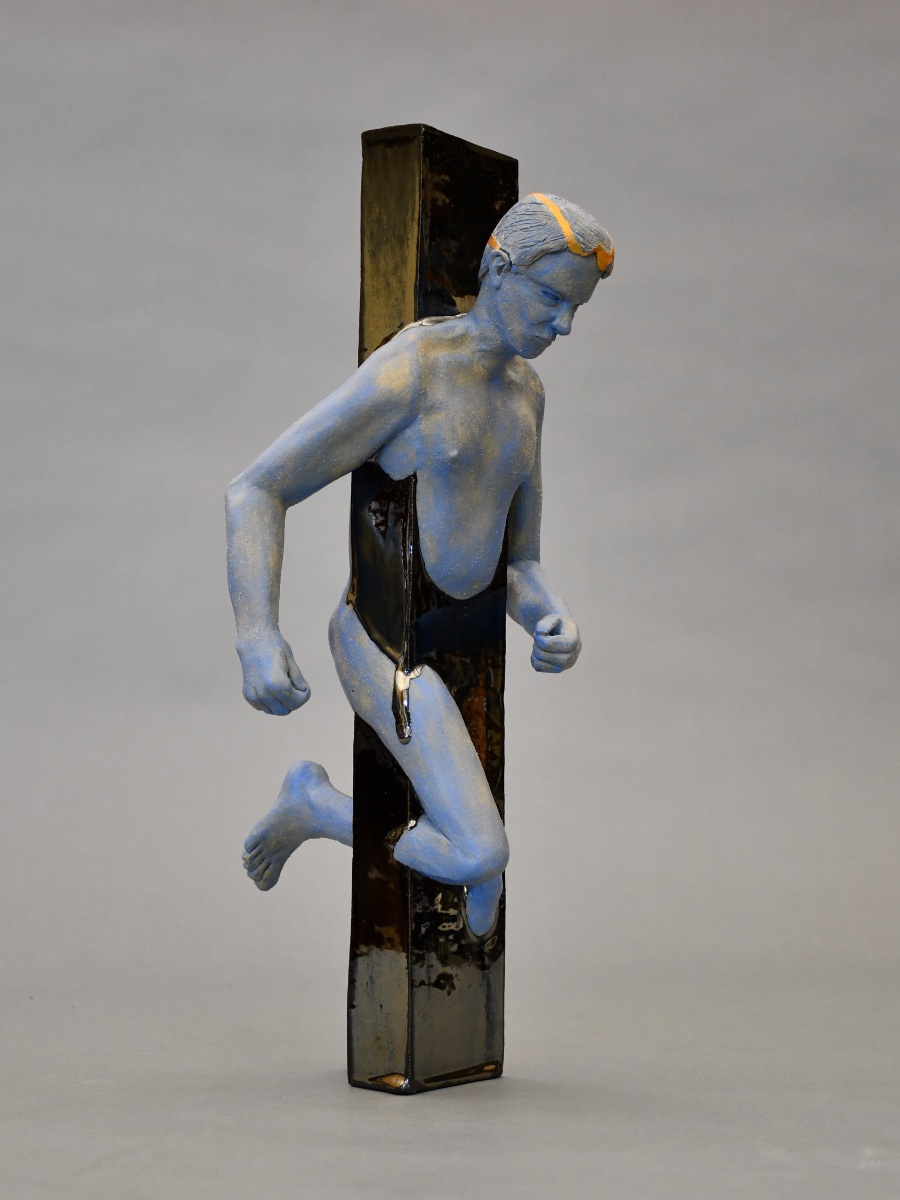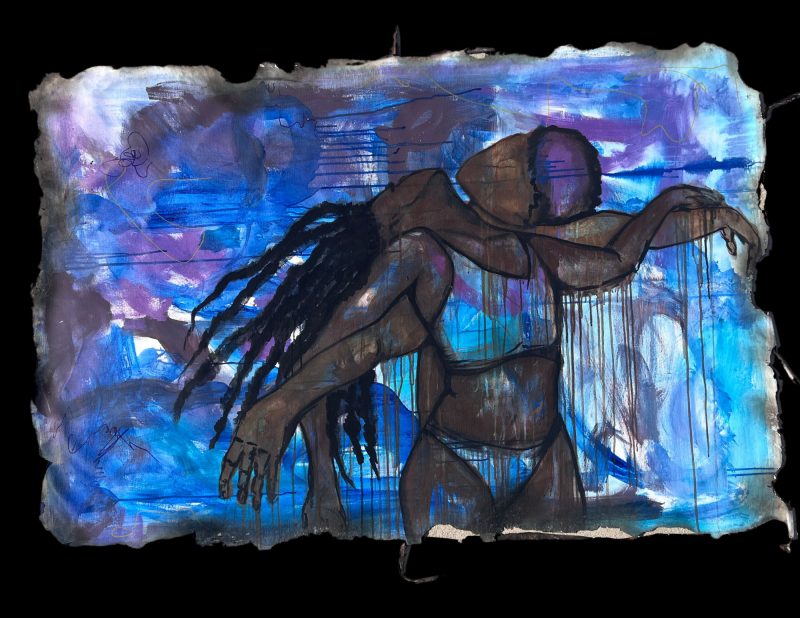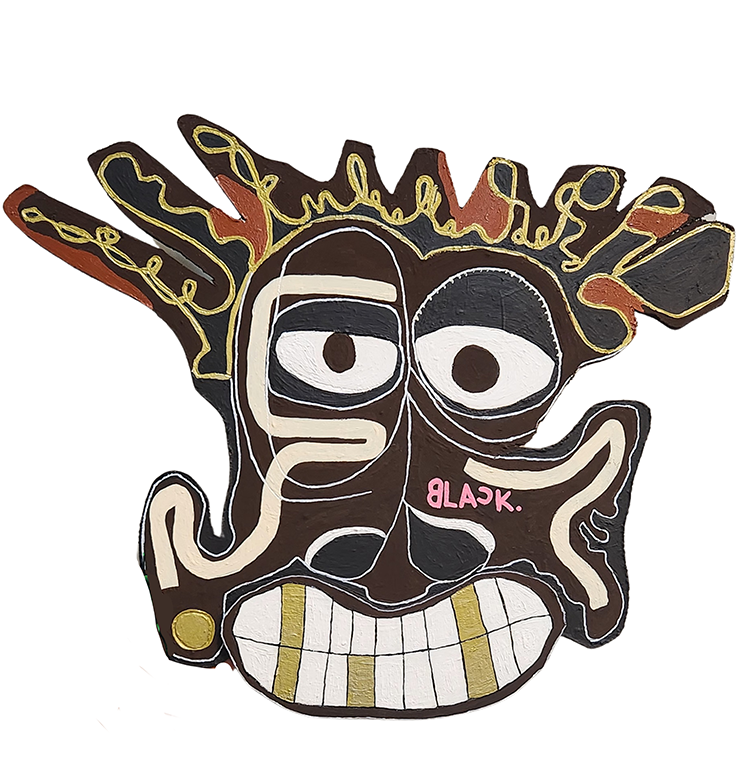By Alex Pisalo
Few cultural movements have had as much impact on modern society as punk. Like many cultural movements, the origins of punk begun with images, sounds, and expressions. Unfiltered and unaffected by all the social restrictions, the story of the punk movement influence is mostly linked to New York and London, but the punk movement has involved anyone who has rejected the mainstream. As a cultural movement, punk is driven by a refusal to sell out, a desire to do it yourself, and anti-capitalism. Expression of societal disgust, working-class anger, frustration of living, this cultural movement communication style can be found in fashion, music, creative writing, and visual artworks.
Punk and Visual Art
Punk visual art movement is based, in part, on the anarchistic, anti-conformist, and anti-art approach of Marcel Duchamp and Dadaism. Showcased in art galleries and exhibition spaces, punk visual art graces all of the punk music bands album covers, flyers, posters, walls, and websites. Ever since the late 1970s, punk has been the name for an infinitive number of radical visual art paintings and statements in them, which continue to influence the world we live in today.
Angry, aggressive, and full of strong social and cultural messages, the punk visual art defined the way music records were designed and marketed. Like the Dadaists, punk visual art style features letters cut from newspaper headlines, photocopies of national or popular culture images and collages.
The first artist who defined the punk art aesthetic was Jamie Reid. This British artist is best known for designing covers of the music band Sex Pistols. His works ca be seen on cover singles such as “Anarchy in the UK” and “Good save the Queen”, as well as albums Here’s the Sex Pistols and Newer Mind the Bollocks. Jamie Reid’s art can be found in museums and galleries, including New York’s Museum of Modern Arts, and the London’s Tate Gallery.
Sculptures, Photographs and Paintings
Punk art saw a reinvention in the 20th century. Interpreted in new ways, the do it yourself punk art movement’s approach inspired a whole new group of artists for the self-promotional graffiti, political, and war-related collages, and the photocopied image look. The punk artworks were explosive combinations of illustration, text, and montage, featuring everything from disfigured images of punk music bands, though photographic images to political satire.
Always somewhat of an outsider to art world, the anti-art Alan Vega was a genius in his music and visual artworks. He was known for his art sculptures that were made from junked electrical parts and bulbs, subway’s surreal drawings and punk paintings. His visual art expresses the wild energy, chaos, and danger of his era.
Let us not forget times when Marcia Resnick’s photography documented a period when rock-punk, art, and beat generation came together. Her photographs capture rock and punk music stars, artists, cultural rebels, and supporters of the punk culture movement in the most unique ways possible. There isn’t a single Resnick’s art photograph that doesn’t have deep cultural and social message. Combining confrontation and communication between different words, her photographs explore fame, sexuality, and lifestyles.
Punk Art Today
Even though we arguably live in a post-punk work, punk’s visual art has found its way into the fashion industry, to the film industry and marketing concepts and ideas. Reproduced and commercialized punk artworks can be seen on T-shirts, commercial ads, and fashion magazines, such as Vogue. There are still artists who continue to produce punk visual art. Gilbert Proesch and George Passmore (collaboratively know as Gilbert & George) are just two of them. The duo has always rejected an academic approach to art, feeling that it was too conventional and habitual been anti-elitist, and they serve as a touchstone for where punk art resides today.

